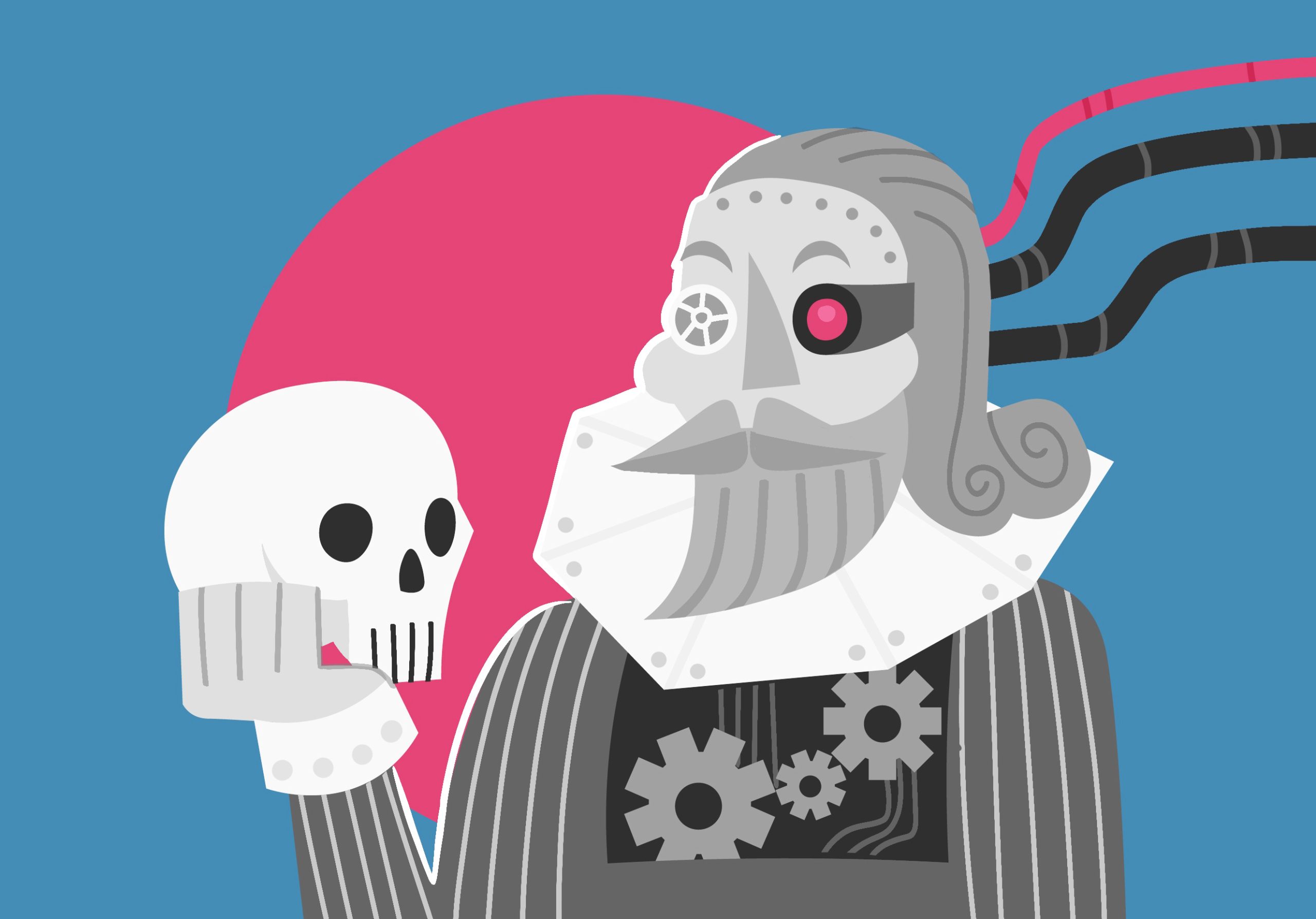As the standoff continues between University administration and the American Federation of State, County and Municipal Employees union, the question of how long each side can hold its ground becomes a key issue.
The strike, which began on the second day of classes, is now in its 14th day. In 2003, the clerical workers branch, the AFSCME Local 3800, went on strike for 16 days in late October and early November before settling.
With no new negotiation sessions since the strike began and two sides that stand firmly behind their proposals, the current strike threatens to be longer than the one in 2003.
Lori Ann Vicich, communications director in the University’s Office of Human Resources, said the length of the strike is not much of a factor.
Because the University has been able to operate without the striking workers, Vicich said, the University feels little pressure to bend.
“In all honesty, the strike is having limited disruption,” she said.
In addition, Vicich said she believes the University is proposing a fair deal that doesn’t need to be amended.
“The proposal stays the same,” she said. “We are strongly standing behind it.”
Rhonda Jennen, president of the AFSCME Local 3260, said the strikers were picking up steam.
“Quite frankly, I think we’re getting stronger,” she said. “The tide is turning in our direction.”
Despite statistics from the University’s Office of Human Resources that show diminishing numbers of strikers daily, Jennen believes new strikers are off-setting those losses.
“It’s normal for strikes to lose people, but what’s not normal is for so many people to join us,” she said.
Jennen also said the administration needs to initiate new negotiations.
“The ball is in their court,” she said.
Barb Bezat, president of the AFSCME Local 3937, said she has never been prouder of her union’s members.
While the size and enthusiasm of strikers near the McNamara Alumni Center, Moos Tower and Coffman Union have seemed to wane, Bezat said strikers have been moved to less-public areas of campus and are still strongly opposed to the University’s offer.
For negotiations to resume, a state-assigned mediator would need to call the two sides back to the table.
Mediators are assigned by the Minnesota Bureau of Mediation Services, a state cabinet-level agency.
Steve Hoffmeyer, the bureau’s deputy commissioner, said they do not comment on active negotiations and mediators prefer not to be identified or quoted by the media.
Vicich said in her experience, mediators will generally only call the sides back if an agreement is likely. Discussions broke off on the night of Sept. 4.
Although both sides said predicting a settlement date is difficult, one date to keep an eye on is Sept. 30.
That date is the last day of the current University-employee pay period, which began Monday.
According to bargaining unit contracts between the three AFSCME branches and the University, an employee must report to work at least once during a pay period to retain insurance benefits offered by the University.
Because workers didn’t strike on the first day of classes, they were able to retain their insurance benefits for the first pay period – which ran from Sept. 3 to Sept. 16.
Under University provisions, striking workers can return to work during a work stoppage. If they rejoin the picket lines again, however, they aren’t allowed back to their positions until a settlement is reached.
Peter Rachleff, a history professor at Macalester College in St. Paul, specializes in labor history. He said time can begin to wear on both sides during a strike.
Strike length doesn’t have a standard effect on negotiations, Rachleff said. Strikes need to be studied on a case-by-case basis. However, he said, pressure to settle generally increases as a strike draws on.
In reference to the University-AFSCME strike in particular, Rachleff said the key factors are how long strikers can go without paychecks versus how well the University delivers its services without the strikers.
He said predicting the strike’s future beyond this week would be hard.
“If I was a weatherman, I’d say the weather would stay the same for this week,” Rachleff said.








